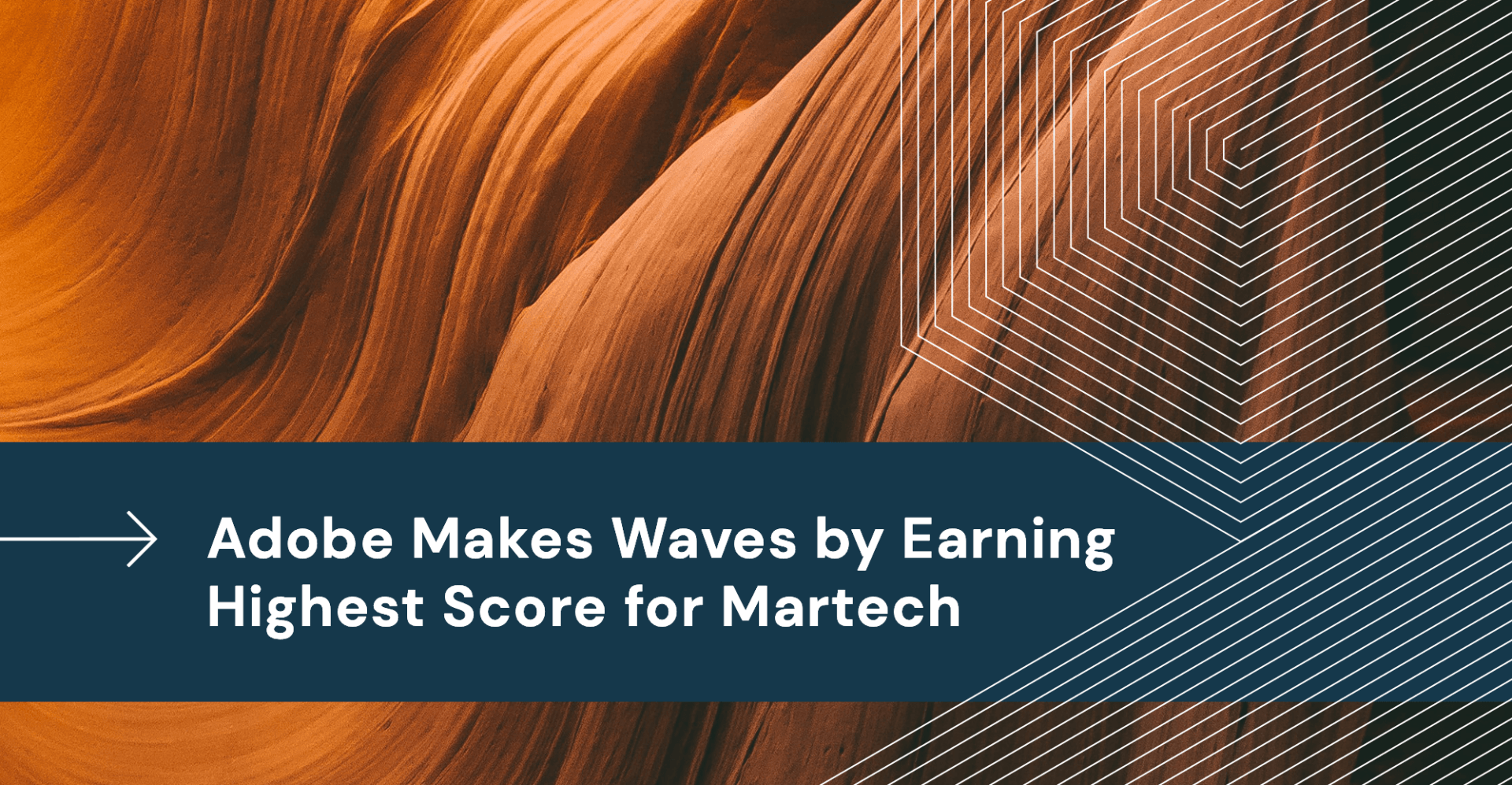How Does Experience Design Impact Your AEM Implementation

Experience design makes up the landscape of your website. It influences the look, feel, and usability of your site’s components, content, and features. When performing an Adobe Experience Manager (AEM) implementation, experience design is a key factor that will not only impact the look, feel, and usability of your website, but it will also affect the cost, timeline, and success of your entire project.
In order to understand how experience design can have these far-reaching implications, we must first understand experience design in the context of an AEM Implementation. AEM comes with an extensive library of Core Components. These are the components that make up the individual features on a website – things like text, teasers, lists, image carousels, etc. - and they are used to create templates that website authors can populate with content. A complete list of Core Components can be found here.
Core Components are known as out-of-the-box components; this means that they are designed to be used as they are and do not require extensive modification in order to function. Using Core Components during an AEM implementation is the fastest and most cost-effective option for building a website – and this is where it is critical for your experience design team to understand AEM’s Core Components and their capabilities. Designers will build the site visuals, functions, and user flows to incorporate these Core Components as much as possible, saving the customer time and money during the site implementation.
That said, most websites have special requirements that extend beyond the innate capabilities of the out-of-the-box Core Components – these are called extensions. Extensions don’t change the entire function of a component, but they add upon what it is already intended to do, customizing the Core Component to perform functions beyond its initial capabilities. Extensions are used when websites require more complicated features than are offered by a component as it is out-of-the-box.
Think of it as customizing the component, and it almost goes without saying that customization is costly. For example, an extension could be a live location finder with a map element.
Because these components are customized, they require more time, effort, and money to build. However, without realizing this, many companies hire a third-party to create their website design. While this practice can create some very beautiful and impressive site designs, it can also require extensive customization when the web design isn’t built with AEM’s Core Components in mind.
Implementation projects can become costly and prolonged when organizations bring an already prepared design, wanting it to fit inside AEM’s parameters and format, consequently requiring mainly custom components.
Most AEM sites use a mix of core and customized components to create an optimal user experience. Choosing a design team that understands AEM’s Core Components and helps you find the right balance between the two is the key to having a successful implementation project that is both cost-effective and efficient. Contact our team to find out how we can help you design your next digital transformation.

Rightpoint brings simplicity to the complexity of Adobe Experience Cloud implementations and complements it with outstanding experience design.
Utah Office:
132 S State St
Salt Lake City, UT 84111
Mailing Address:
50 W Broadway Ste 333
PMB 27084
Salt Lake City, Utah 84101-2027


